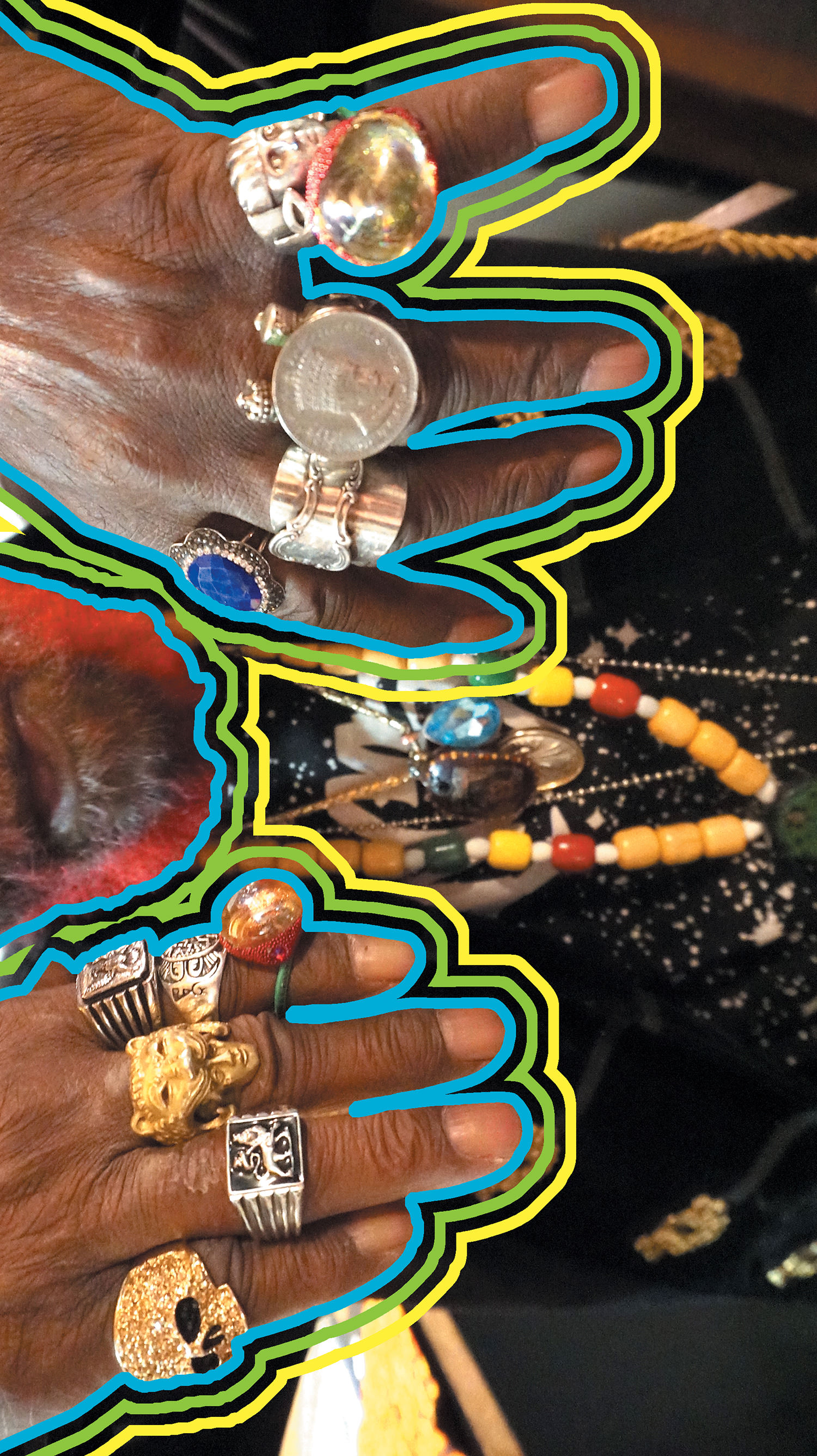Chase Bliss pedals have become somewhat of an obsession for me as of late. Hopefully, it‘s healthy – I can't tell anymore. Ostensibly a two-channel micro-looping delay, M O O D is Chase Bliss' crowning achievement in weird-making. It makes me so happy.
If you're unfamiliar with Chase Bliss or their general vibe, I would consider spending a little time watching a few of the short video essays put together by the YouTube reviewer/wizard "Knobs." His videos aren't so much "reviews" as they are meditations. Mostly free of narration, they give you a good idea of what kinds of supernatural soundscapes are possible with Chase Bliss effects.
Where were we? Yes, M O O D, right. My relationship with this pedal has evolved into complete willingness to give in to wherever the pedal wants to go. While you can employ it to create repeatable, defined (and musical) effects, M O O D starts to make more sense when you recognize it as more of a collaborator (or therapist, depending).
Let us talk the tech, huh? This is a mono, single-input, single-output (TS/TRS) box with Chase Bliss' familiar six-knob, three-rocker, and two-stomp switch faceplate design. In keeping with the rest of the Chase Bliss family, M O O D has modulation and processing customization available via the 16 dip switches on the backside of the pedal. The signal architecture is divided into two internal paths controlled on the left and right sides of the faceplate, respectively. The two centermost knobs manage shared functions, like wet/dry mix, modulation speed/intensity, and – most importantly – a master clock, divided into harmonically interesting steps. The clock controls both the left side and right side of the pedal, slowing or accelerating a processed signal. Another innovative and experiment-provoking feature is M O O D's ability to pass audio between the left and right signal paths. The internal routing is defined by the centermost toggle switch and can (along with the copious sound-shaping possible in each of the two channels) quickly lead to musically meaningful morphing, delicate tunnels of psychedelic spirals, and/or complete entropy. Usually, the noises and phrases produced by this pedal are of a nature that is wholly autonomous from the source, which is fed into M O O D's input. While this probably sounds like a total bullshit time-vampire within the context of a working studio, I can't stress enough how much fun (or how inspiring) it is to play a pedal like an instrument. To take that last thought even further, M O O D includes MIDI, CV, and expression pedal inputs.
When trying to describe the then-new Eventide H910 Harmonizer to Brian Eno [Tape Op #85] and David Bowie during the making of Low, it's been reported that Tony Visconti [#29] famously said, "It fucks with the fabric of time." In that same spirit I can't begin to describe M O O D in a traditional effects pedal context. You have to hear it, and hopefully, fuck with time yourself.




_disp_horizontal_bw.jpg)